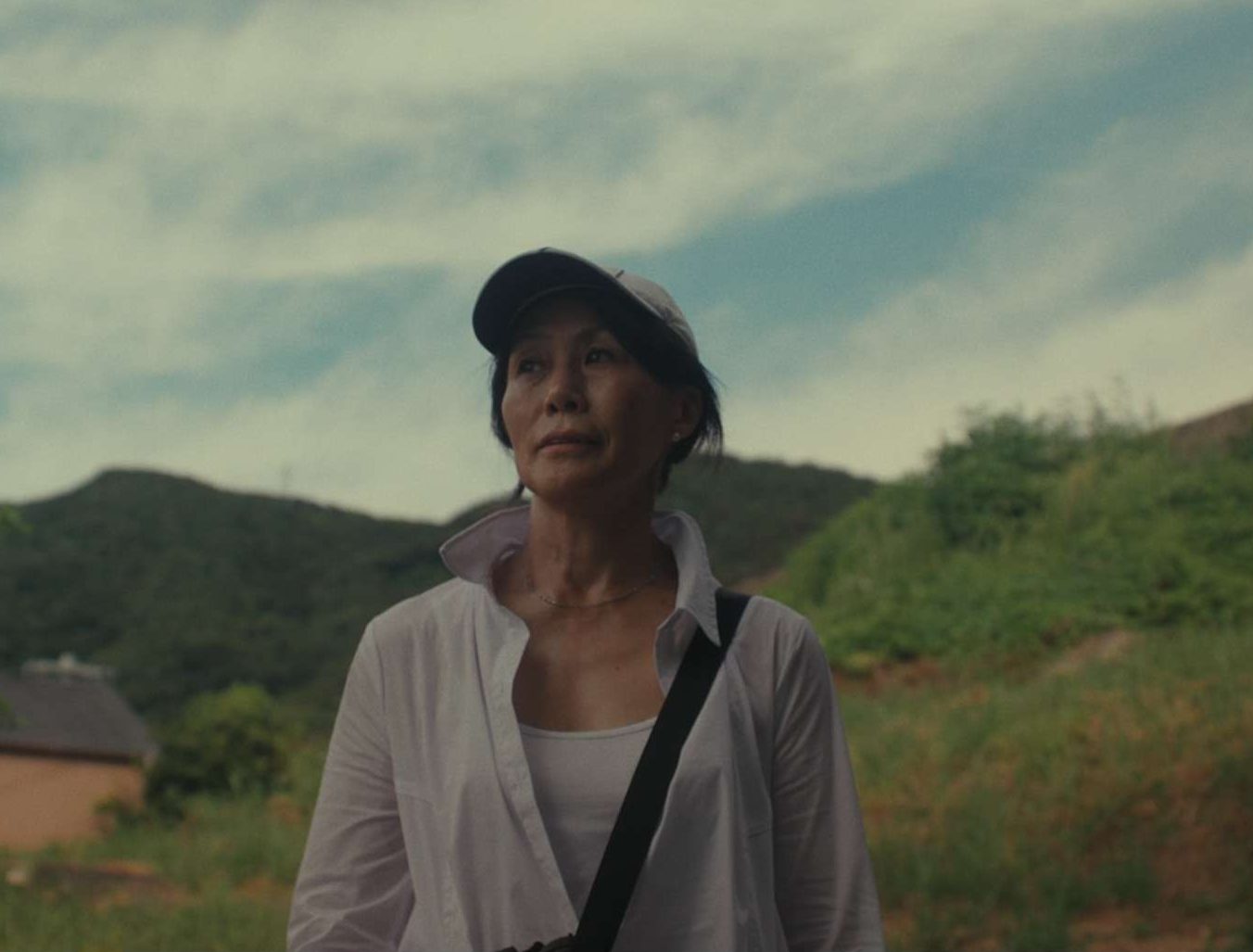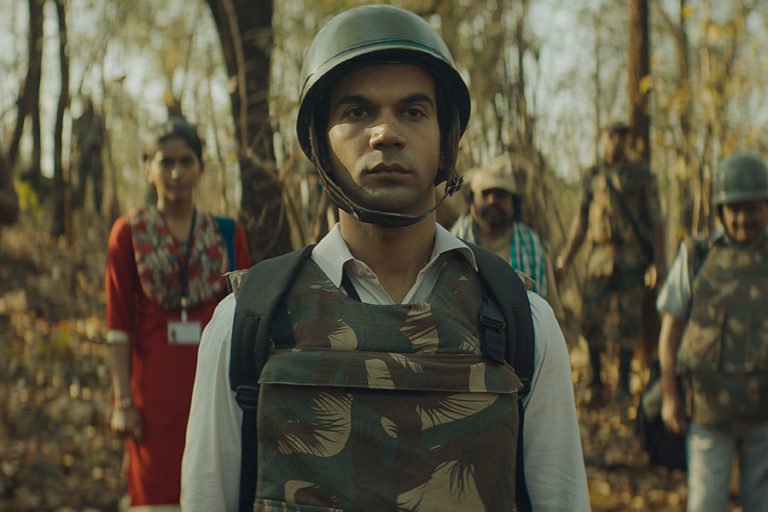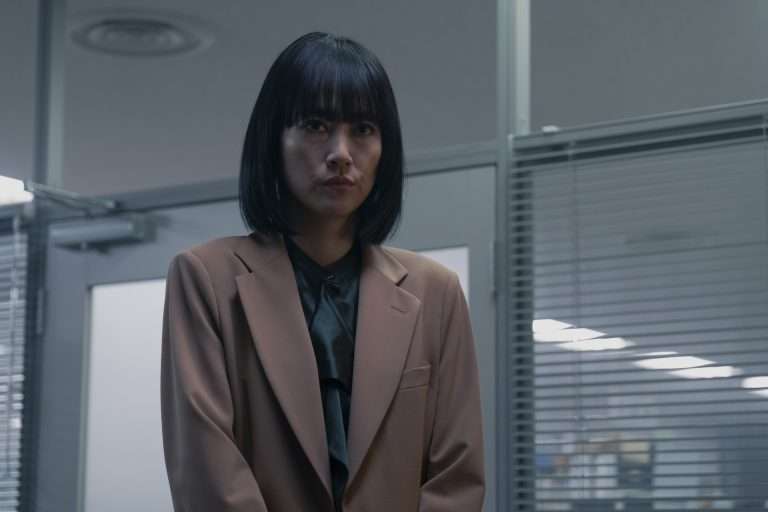How do we address memories when they have been long buried? Does the window of time that’s passed alleviate or soften their impact? When do they regain their significance in relation to the present? Does the person with whom these memories are associated shift in their perception and take on a new, unrecognizable form? At what point do we make the decision to call forth this primal connection with our past? How do we even fathom and judge that such an endeavor was worth it in all its inevitable pain? Such questions and many more bubble up in Laurence Lévesque’s documentary, “Okurimono.”
None of these questions come with easy, quickly resolvable feelings and resolutions. The way to traverse them is intrinsically dipped in discomfort and hesitation. For a film that snakes through such territory, it is essential that some of these propping emotions slowly wedge themselves in the viewer as well. The experiences of characters confronted with their own unique, personal existential tussle may differ on varying levels from ours. But at some point, an inroad of emotional transference must be made between the two for the film to accrue a bruising, growing power. Lévesque’s film is shot through with a convergence of national and intimate memory. Both are inviolably twinned in the protagonist, Noriko’s quest.
The middle-aged Noriko has roots in Japan but has been living in Montreal for more than twenty years. The film opens with her return to her hometown of Nagasaki. It is the first time she is back in the town since her father’s death a few years previously. The prospect of selling her childhood home, where she grew up with her siblings, is on the anvil. She sets about trawling through the various belongings scattered in the house. Although the house hasn’t had anyone living in it for a while, it retains a warm, homely atmosphere. But as much as it contains memories bursting forth from all corners, it is also loaded with the concealed and repressed.
When Noriko stumbles across her mother’s cosmetics box stacked with reams of correspondence, she discovers a range of associations, secrets, and stories her mother, Mitsuko, had kept hidden from her, as well as her sisters. That her mother had blanketed out of her daughters’ view of entire facets of her life tips off into action Noriko’s journey, which becomes the axis of the film. As she uncovers her mother’s past teeming with jagged secrets, she goes through a much-deferred process of letting go of grief over Mitsuko’s passing, which happened thirty years back.
Lévesque’s focus is on clearly delineating how the country’s past is deeply and inextricably woven with that of its residents. Caught in the churn of a violent, merciless history against the dropping of the atomic bomb, the people of Nagasaki have been permanently stamped with its burden across physical, emotional, and intergenerational realities. At the time of the bombing in 1945, Noriko’s mother was inside the Nagasaki hospital, which shielded her from the worst effects of the catastrophe and immanent radiation.

While Noriko’s father talked at great length about his wartime experiences, Mitsuko never confided in her daughters anything about the moment of the bombing and thereafter. Since she hadn’t been comfortable discussing them, Noriko and her sisters held back from nudging her. Now, as the older Noriko riffles through the letters of strangers addressed to her mother over a couple of years following the bombing, she finds herself drawn to pursuing a fuller, truer notion of how her mother was than how she projected herself to her children in order to shelter them from the harsh underside of life.
While clearing out the house, Noriko also gets in touch with a diminishing community of first-generation hibakushas (atom bomb survivors). As they share their traumatic memories dating from the moment the bomb was dropped, Noriko’s ideas about her ancestral history slowly deepen. Such first-hand reminiscence pulls her closer and reacquaints her more acutely with the weight of her heritage.
Along with the survivors recounting unimaginably horrific situations of them encountering the severely wounded and dying, with burning skin drooping, on streets clogged with corpses, the mountainous landscapes of Nagasaki materialize as a distinctive watchful witness to the rites of history and passage of time. Noriko retraces her mother’s memory and ambles through the streets of her hometown. We observe her process, familiar surroundings bathed now in the light of fresh, dour, nevertheless necessary knowledge. Some of these sections sag. The structure, with its dutifully placed anecdotes related by the survivors, borders on being too boxed in, but soon Lévesque splices in a powerful jolt of a sequence involving a memorializing siren that cuts deep.
In its most vital parts, “Okurimono” posits the timeless question of how to negotiate with our histories and memories in all their brutal demands, that are packed with enough complex layers that can be most effectively disentangled only over the course of several generations. Even if the old try to clamp down on the shame, guilt, and ostracism which they don’t wish to inscribe their successors with, the onus will inexorably slip to the next in line. Only then can there be a possibility of release.




![A White, White Day (Hvítur, Hvítur Dagur) [2019]: ‘TIFF’ Review – A Cold Soul Longing for an Answer](https://79468c92.delivery.rocketcdn.me/wp-content/uploads/2019/09/A-White-White-Day-768x384.jpg)
![Sorry To Bother You [2018]: ‘MAMI’ Review – An Inventive and Original Screwball Comedy](https://79468c92.delivery.rocketcdn.me/wp-content/uploads/2018/11/714047-sorry-to-bother-you-768x432.jpg)

![Touch Me Not [2018]: ‘TIFF’ Review – A Flawed yet Oddly Interesting Therapeutic Essay on Openness and Intimacy](https://79468c92.delivery.rocketcdn.me/wp-content/uploads/2018/10/TMN-768x430.jpg)
